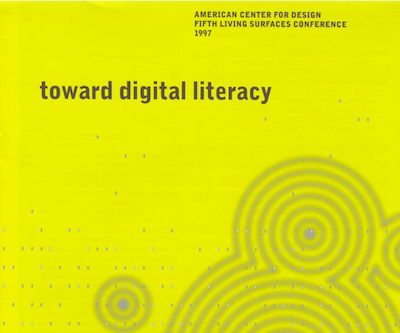Boxes and Arrows
Sharing Knowledge Across the Community
Written by Erin Malone
One of the hallmarks of a profession coming into its own is the publication of magazines and journals. Graphic Designers have long had Print magazine (1940), Communication Arts (1959), How Magazine (1985 - 2019) and others which have come and gone over the years. Industrial Designers had I.D. the International Magazine of Design (1954 - 2010) and Innovation (1968) from the IDSA.
Within HCI and Interaction Design, the ACM Association for Computing Machinery and SIGCHI began publishing their monthly magazine, Interactions, in 1994. Delivered in print and online, the magazine provides a look at emerging design research, HCI innovations, international expansion of the practice, academic research, ethics and over time practitioner articles looking at technology and those who work with the medium.
UPA publishes both a peer-reviewed journal, the Journal of Usability Studies (2005, renamed Journal of User Experience) focused on case studies and research findings and its magazine UX (User Experience) Magazine (2002), covers the broad field of usability and user experience. The magazine was delivered in print form until 2014 when it moved fully online.
With the web we started seeing a proliferation of online design journals emerge like Core77 (1995, industrial design), A List Apart (1997, web design), Boxes and Arrows (2001, UX design), UX Matters (2005, UX design), UX Magazine (2005), Smashing Magazine (2006, web design), Johnny Holland (2008 – 2012, interaction design), UX Booth (2008), among others. Many of these started as blogs or group blogs but others took a different tactic with editors and a review process to create readable, useful content for the industry from many voices.
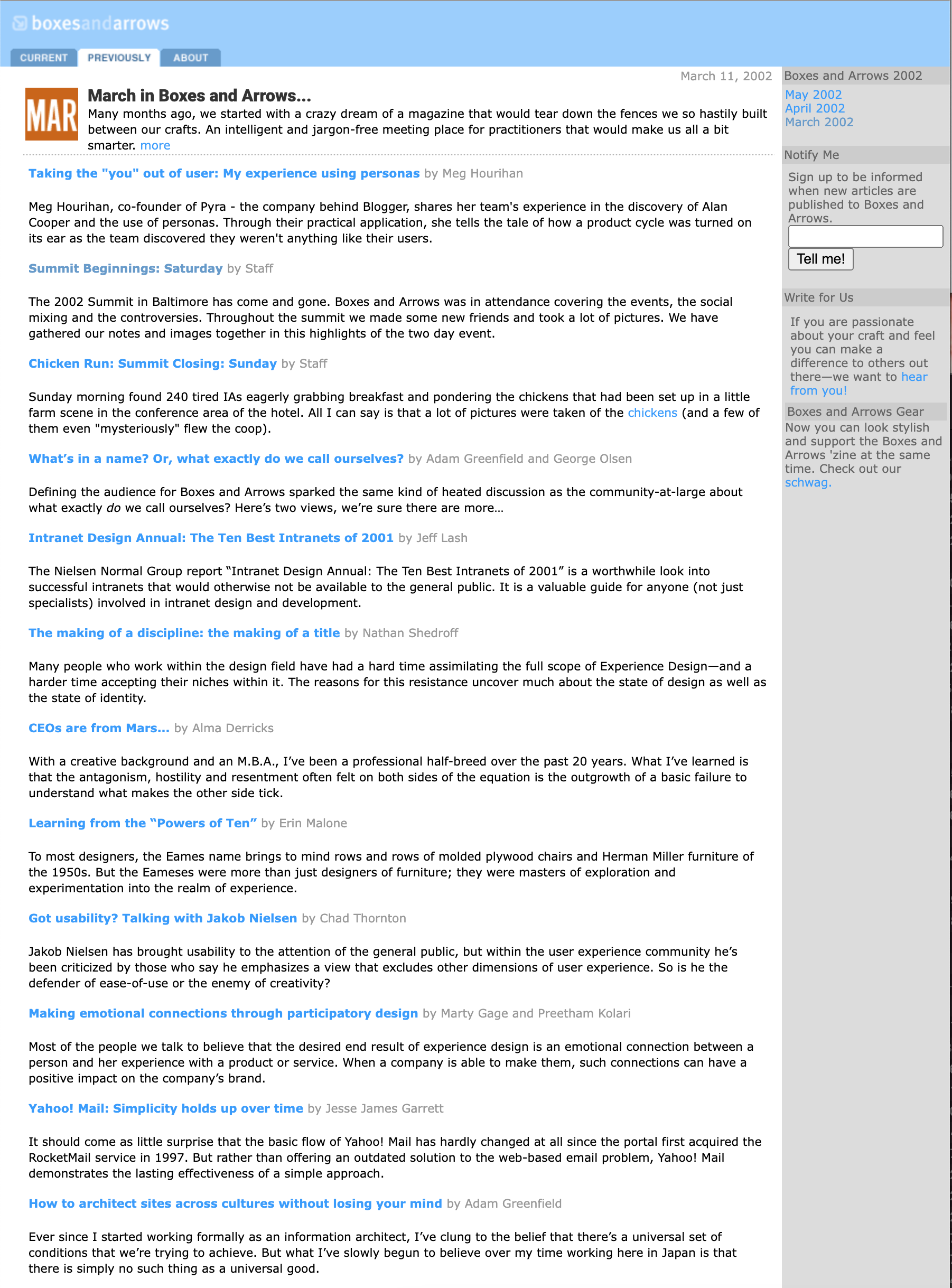
The homescreen of the original Boxes and Arrows, which launched during the 2002 IA Summit.
Boxes and Arrows
Boxes and Arrows, founded in 2001, was one of the longest running online journals for the UX and design community. Founded with the intention to be an edited journal, with articles written for the intermediate designer in plain language, the entity lasted through the dot-com boom and bust, the recession and a pandemic. It was unique in that it wasn’t owned by an association, professional organization or corporation, and it wasn’t just a blog but an edited collection of articles. On the other hand, it was volunteer driven, and the articles solicited or accepted were not written for pay. It sits in this in-between space, and was been a steppingstone for many writers to move on to larger initiatives like books and articles for pay.
One of the many brainchildren of Christina Wodtke, the origin of the journal came out of an afternoon sitting on a deck, drinking pinot grigio and brainstorming with David Bloxsom about what was missing for practitioners at the time. She wrote in the first issue of Boxes and Arrows, “We talked about information architecture and trying to get the field to mature. We talked about how the ASIS journal was too academic, too complex for most folks to penetrate. We talked about Web Review, Site Point, and A List Apart and how they were just too basic for most IAs we knew. By the time the bottle was empty we had sunburns and a vision for a magazine. A magazine that would be plainspoken and smart, that would tackle the thorny issues that trying to design structure in new information spaces such as the web, software and wireless created. A journal for practitioners, for those everyday folks just trying to make their product better while ducking the layoff ax.”[1]
Wodtke pulled together a small army of people to hash out the structure of the journal and how it might work. She and others mined the community, attendees of the IA cocktail hours and off the sig-ia list for potential authors of articles to fit into the structure. The original army of people consisted of David Bloxsom, Erin Malone, Marla Olsen, Chad Thornton, Madonnalisa and Jeff Chan, Liz Danzico, Brenda Janish, Jay Allen, Thomas Vander Wal, Kirk Franklin, Gabe Zentall and others who I haven’t been able to confirm.!
The original mission statement says:
Boxes and Arrows is the definitive source for the complex task of bringing architecture and design to the digital landscape. There are various titles and professions associated with this undertaking—information architecture, information design, interaction design, interface design—but when we looked at the work that we were actually doing, we found a “community of practice” with similarities in outlook and approach that far outweighed our differences.
Boxes and Arrows is a peer-written journal dedicated to discussing, improving and promoting the work of this community, through the sharing of exemplary technique, innovation and informed opinion. Boxes and Arrows strives to provoke thinking among our peers, to push the limits of the accepted boundaries of these practices and to challenge the status quo by teaching new or better techniques that translate into results for our companies, our clients and our comrades.
The first editor in chief, Marla Olsen, brought Erin Malone in shortly into the planning stages, to define the editorial direction, edit the first round of articles and to help get the pipeline flowing for an ambitious weekly publication schedule. The site was designed by Wodtke’s former business partner Gabe Zentall on the blogging tool Moveable Type created by Ben and Mena Trott.
The initial launch took months from inception because not only were we working with authors, editing articles, but we were building the website from scratch and had a vision to launch with a fully fleshed out structure and articles within each area.
The site launched at the 2002 IA Summit with a full stable of columns and plans for monthly articles and weekly articles in the queue. The unveiling splash included covering every talk at the conference for the journal, first as written summaries and at later Summits, including full podcasts of talks, a tradition that lasted several years.
The original weekly schedule lasted a few months, but as people got back to work (post bubble bust) and editors and authors got busy, the schedule relaxed to twice monthly and finally to monthly pushes.
Olsen stepped down a few months into the project and Malone took over as editor in chief. She held this role for almost 5 years and during her time she brought in Dorelle Rabinowitz and Molly Wright Steenson to help distribute the workload. When Malone stepped down, Liz Danzico became editor in chief, a role she held for several years. Over time, people stepped away and others joined including Jorge Arango, Elisa Miller, Javier Velasco, Ryan Olshavsky, Jim Kahlbach, Jeff Parks and Pat Barford. When Liz stepped down, Chris Baum took over with help from Cinnamon Melchor among others.
Reception for the journal was overwhelmingly positive. Comments on the one-year anniversary included kudos from leaders in the field and general readers. “Congratulations to all the B&A team! I’m so impressed with the amount of progress and the consistency of outstanding content. When I recently posted on SIGIA about moving beyond first principles, B&A was one of the first things I thought about as a place where the field is progressing. Looking forward to many years of fantastic content to come. —Jess” and “Happy birthday! I just started visiting BnA a few weeks ago – it and ALA are definitely my new web homes. —Adrian”[2]
At the two-year anniversary, even more kudos and comments were left by appreciative readers, “Happy Birthday!!! All the work of the B&A team is so important. I especially appreciate the editors – edited articles just have that better signal to noise ratio. Thanks for all the hard work. Looking forward to many more years of outstanding UX thinking. —Jess” and “Congratulations, the editorial team is doing an excellent job and is playing a vital role in growing our profession!—Shiv” and “Congratulations to Boxes & Arrows and all the editors who put in so much hard work to make this an outstanding research for IAs/UXers/designers/whatever the heck we are! It is a delight to read the articles and participate in this vibrant community. —Fran”[3]
When Malone left as editor in 2005, she wrote in her editor’s reflection “Now here it is: four years later. We are part of the landscape and a resource that is often referenced. Everywhere I go, folks refer to an article they read on Boxes and Arrows. We are expected to be here. The last few years have seen a dot com bust and gradual rebuilding. Folks have been out of work, freelanced, became entrepreneurs, and finally joined staff and rebuilt organizations in-house. This cycle has also affected Boxes and Arrows. As a volunteer organization, we have seen the cycle of authors, of volunteers, and of readers rise and fall as people became employed again and became engaged in a myriad of activities. The landscape, too, has gotten more crowded as more people have found their voice to share. Yet, despite the pressures of jobs and life, we continue to have a flow of great people interested in writing. People want to share their experiences and their practice. I am continually amazed at how open and giving this community is.”[4]
The community participation ebbed and flowed over the years, mirroring the economy and how busy people were or were not. More than once, Wodtke considered shuttering, and more than once the team had to put out calls for volunteers to keep the journal going.
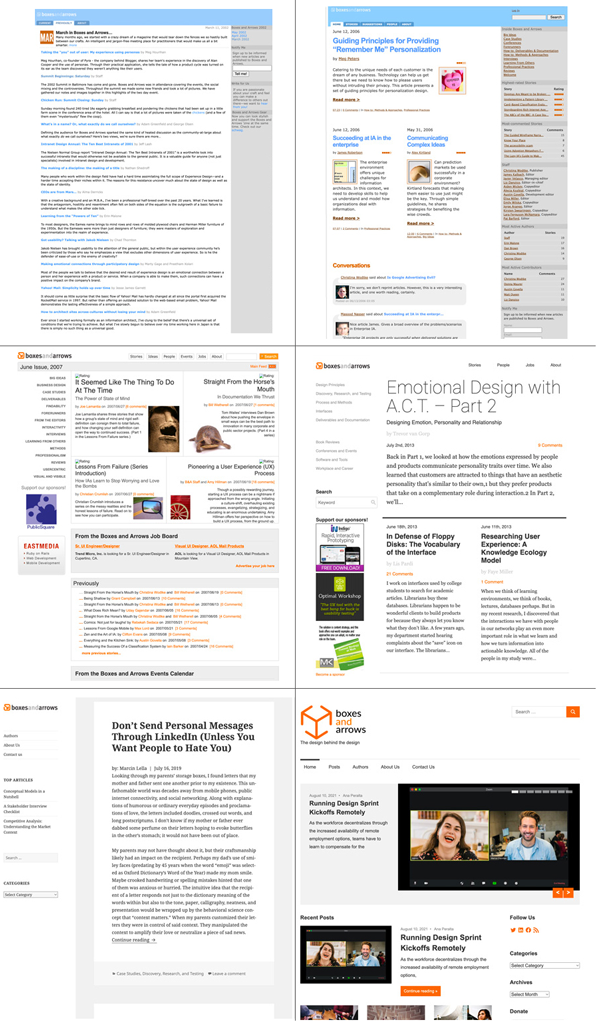
Screenshots of Boxes and Arrows through the years from top row: 2002 (left), 2006 (right), middle row: 2007 (left - redesign using a new CMS), 2013 (right), bottom row: 2019 (left), and 2021 (right.)
In 2016, Wodtke was contemplating shutting down the journal for good. People were busy and it was getting harder and harder to find editors with time to wrangle and edit authors. In a conversation with Amy Jimenez Marquez, Wodtke mentioned that she was considering shutting down the journal due to a lack of volunteers to run it. Amy told me she said, “Oh my god! No. Don’t shutter it. There’s universities that use your information for actual assignments for their classes. There’s so much goodness there.” And she said Christina asked her if she wanted to take it and she said yes. She went on, “I didn’t check with my husband, I just said ‘yes, I’ll take it and I’ll find a couple of friends to help me.”[5]
Wodtke sold the site to Marquez, and she ran it until she put it on hiatus in early 2023. During the initial years, Cinnamon Melchor stayed on as editor in chief to help with the transition. And her friend Frank Durian helped out for a little bit. For a long period of Marquez’s tenure, Alesha Arp and Vanessa Laughlin edited and published the site. They continued the practice of working with first-time writers, coaching and content editing and the site was listed as one of the top go-to online magazines for User Experience Design in all the lists people make of top UX magazines or sites.
Marquez added, “I felt like it was a pleasure and a duty to the Community. Because the design and IA community have given so much to me, I just wanted to give back as much as I can.”[6] The site is still accessible with all the legacy articles still available for reading. It's a snapshot of the industry over a 20+ year lifecycle, showing us what was important at each point in time.
Footnotes:
[1] Christina Wodtke, “Welcome to Boxes and Arrows,” Boxes and Arrows, March 11, 2002, https://boxesandarrows.com/welcome-to-boxes-and-arrows/.
[2] Christina Wodtke, “Happy Birthday B&A,” Boxes and Arrows, March 1, 2003, https://boxesandarrows.com/happy-birthday-ba/.
[3] Christina Wodtke, “Terrible Twos,” Boxes and Arrows, March 18, 2004, https://boxesandarrows.com/terrible-twos/.
[4] Erin Malone, “Leaving Las Vegas,” Boxes and Arrows, October 15, 2005, https://boxesandarrows.com/leaving-las-vegas/.
[5] Amy Jimenez Marquez, Interview with Amy Marquez - Origin Story and Boxes and Arrows, interview by Erin Malone, February 2, 2022.
[6] Ibid
Bibliography
- Malone, Erin. “Leaving Las Vegas.” Boxes and Arrows, October 2005. https://boxesandarrows.com/leaving-las-vegas/.
- Marquez, Amy Jimenez. “Interview with Amy Marquez - Origin Story and Boxes and Arrows,” February 2022.
- Wodtke, Christina. “Happy Birthday B&A.” Boxes and Arrows, March 2003. https://boxesandarrows.com/happy-birthday-ba/.
- ———. “Interview with Christina Wodtke - Origin Stories,” January 2022.
- ———. “Terrible Twos.” Boxes and Arrows, March 2004. https://boxesandarrows.com/terrible-twos/.
- ———. “Welcome to Boxes and Arrows.” Boxes and Arrows, March 2002. https://boxesandarrows.com/welcome-to-boxes-and-arrows/.
Selected Stories
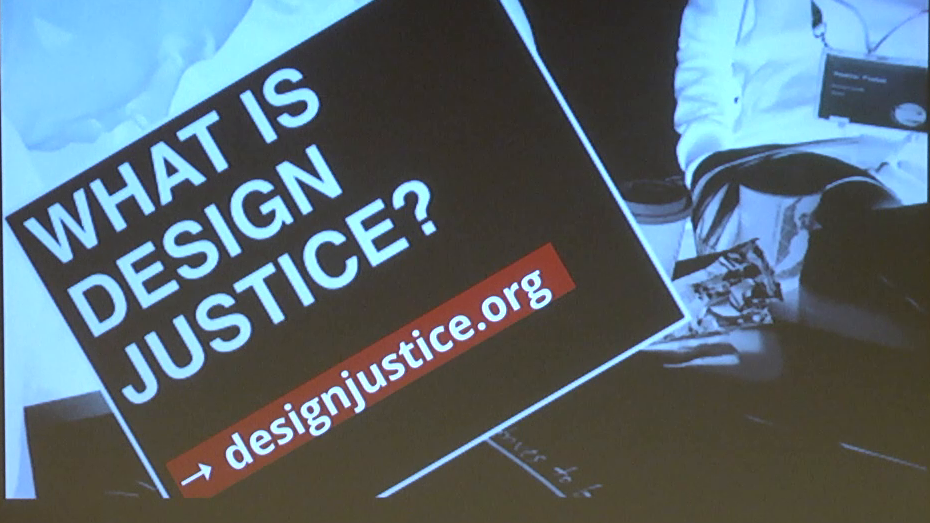
Sasha Costanza-ChockProject type
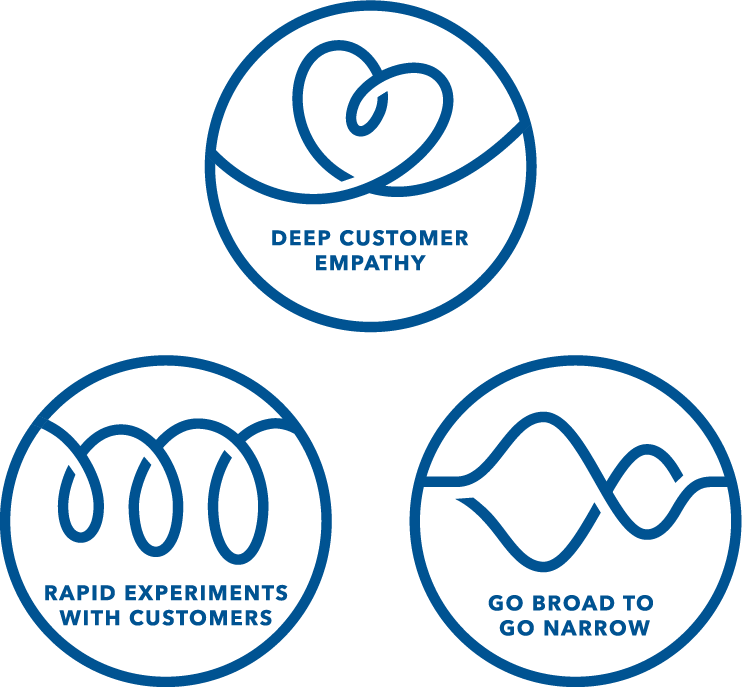
Kaaren HansonProject type

Ari MelencianoProject type

Mizuko Itoresearch
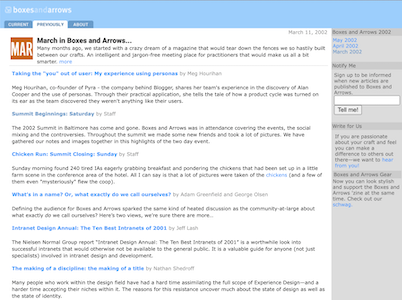
Boxes and ArrowsProject type

Mithula NaikCivic

Lili ChengProject type

Ovetta SampsonProject type
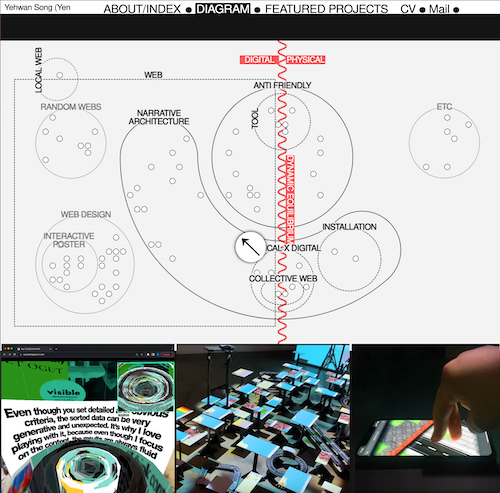
Yehwan SongProject type
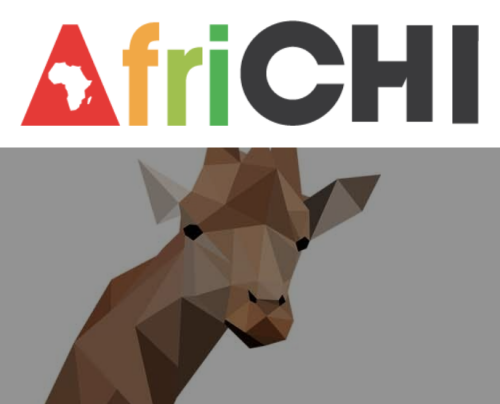
Anicia PetersProject type

Simona MaschiProject type
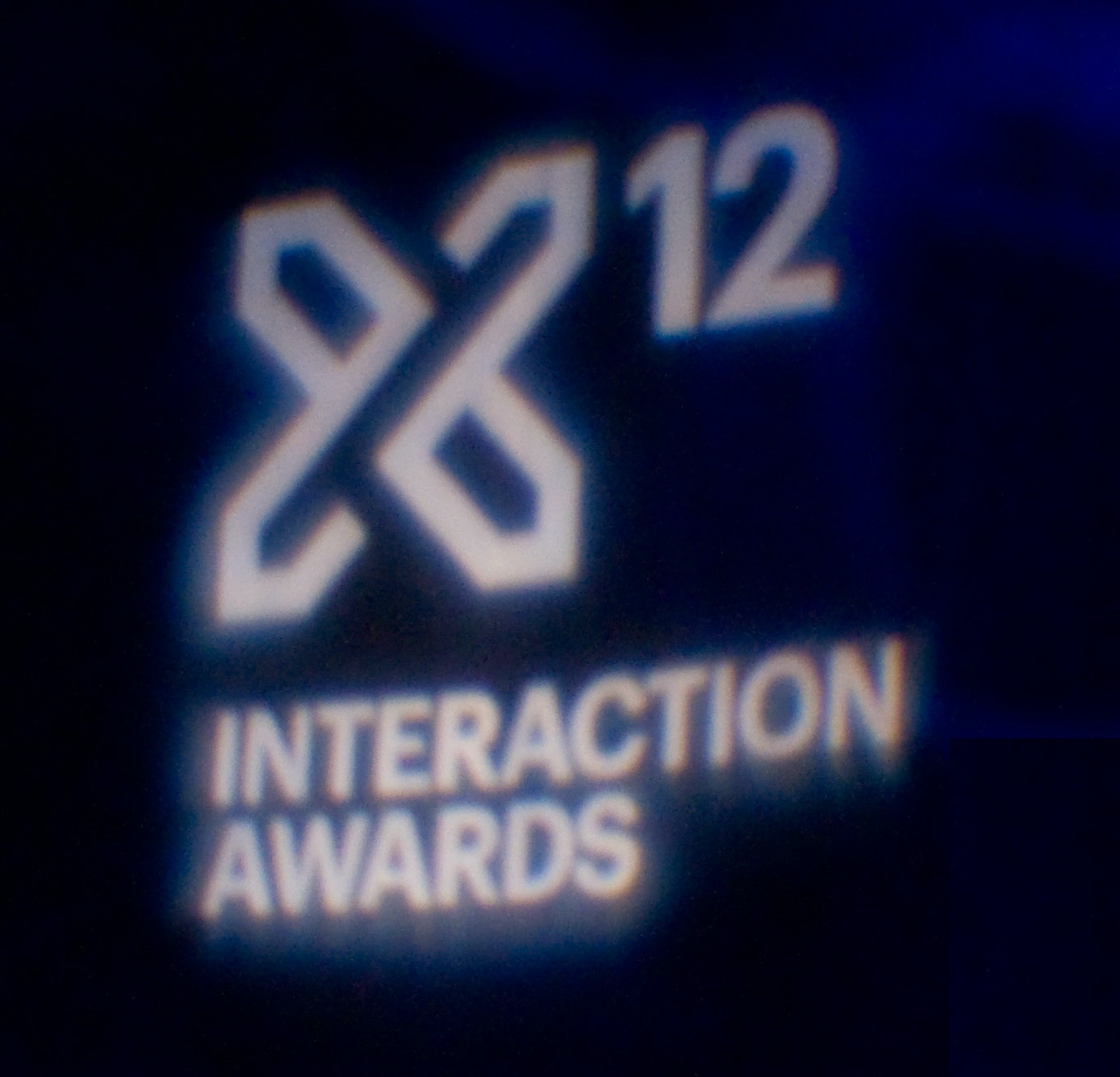
Jennifer BoveProject type
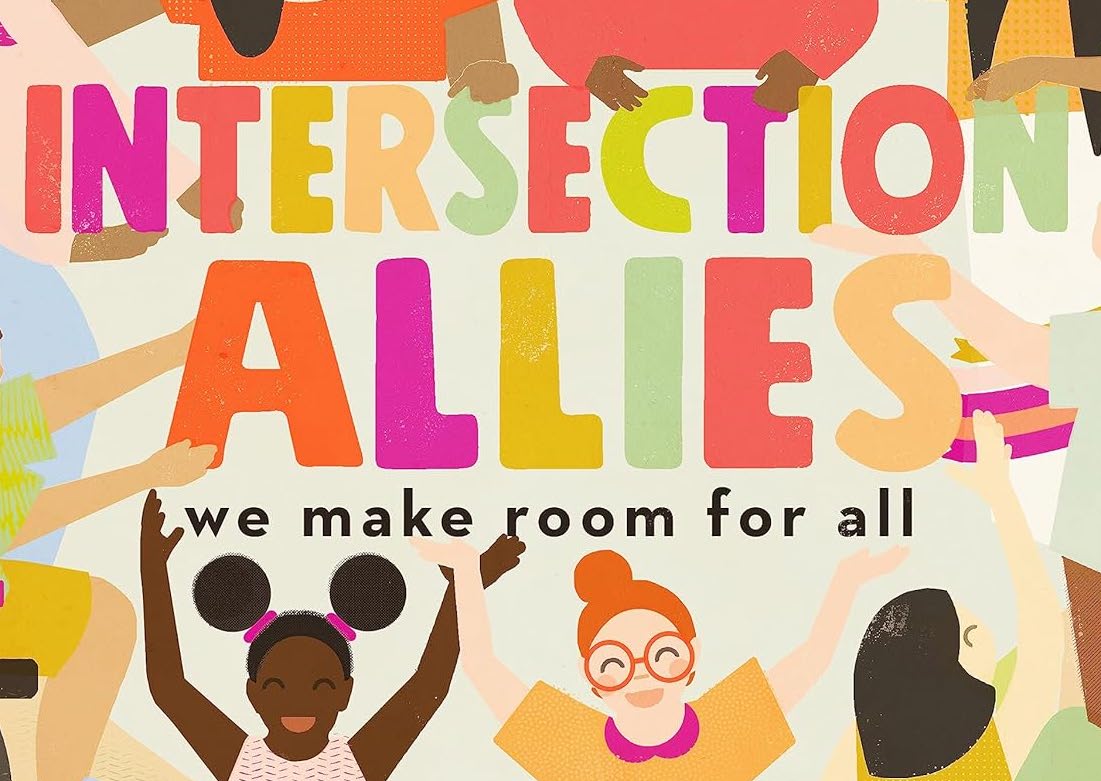
Chelsea JohnsonProject type
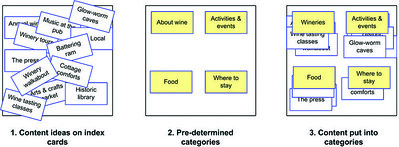
Donna SpencerProject type

Lisa WelchmanProject type
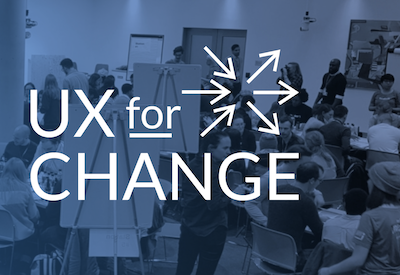
Sandra GonzālesProject type

Amelie LamontProject type

Mitzi OkouProject type

The Failings of the AIGAProject type
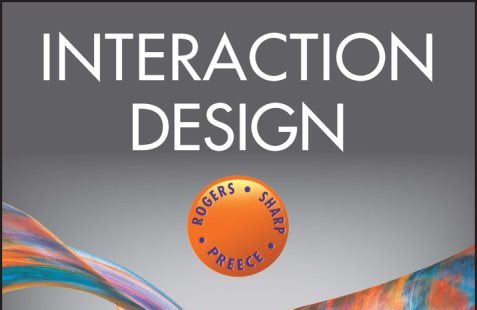
Jenny Preece, Yvonne Rogers, & Helen SharpProject type

Colleen BushellProject type

Aliza Sherman & WebgrrrlsProject type
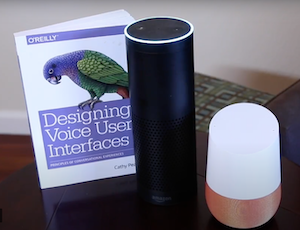
Cathy PearlProject type

Karen HoltzblattProject type

Sabrina DorsainvilProject type
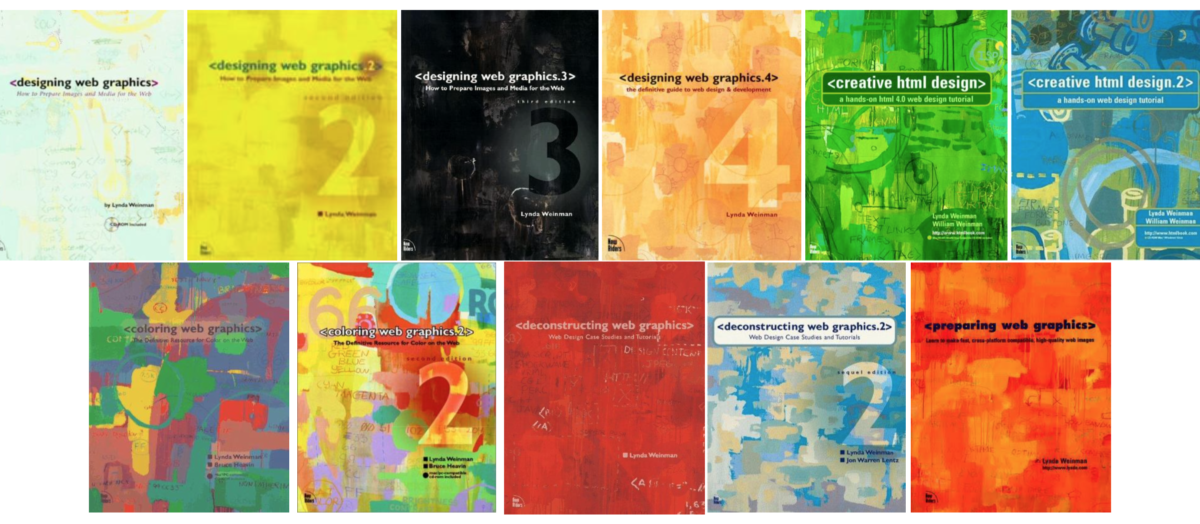
Lynda WeinmanProject type

Irina BlokProject type
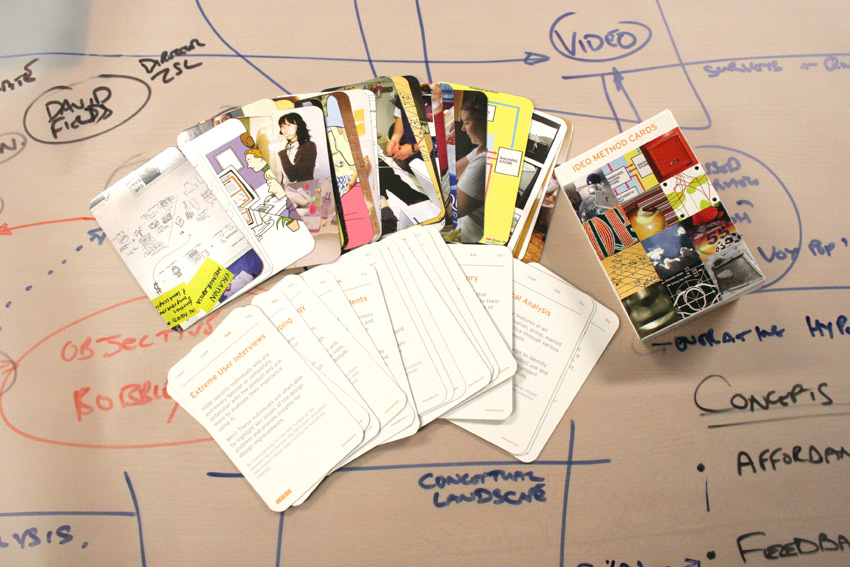
Jane Fulton SuriProject type

Carolina Cruz-NeiraProject type
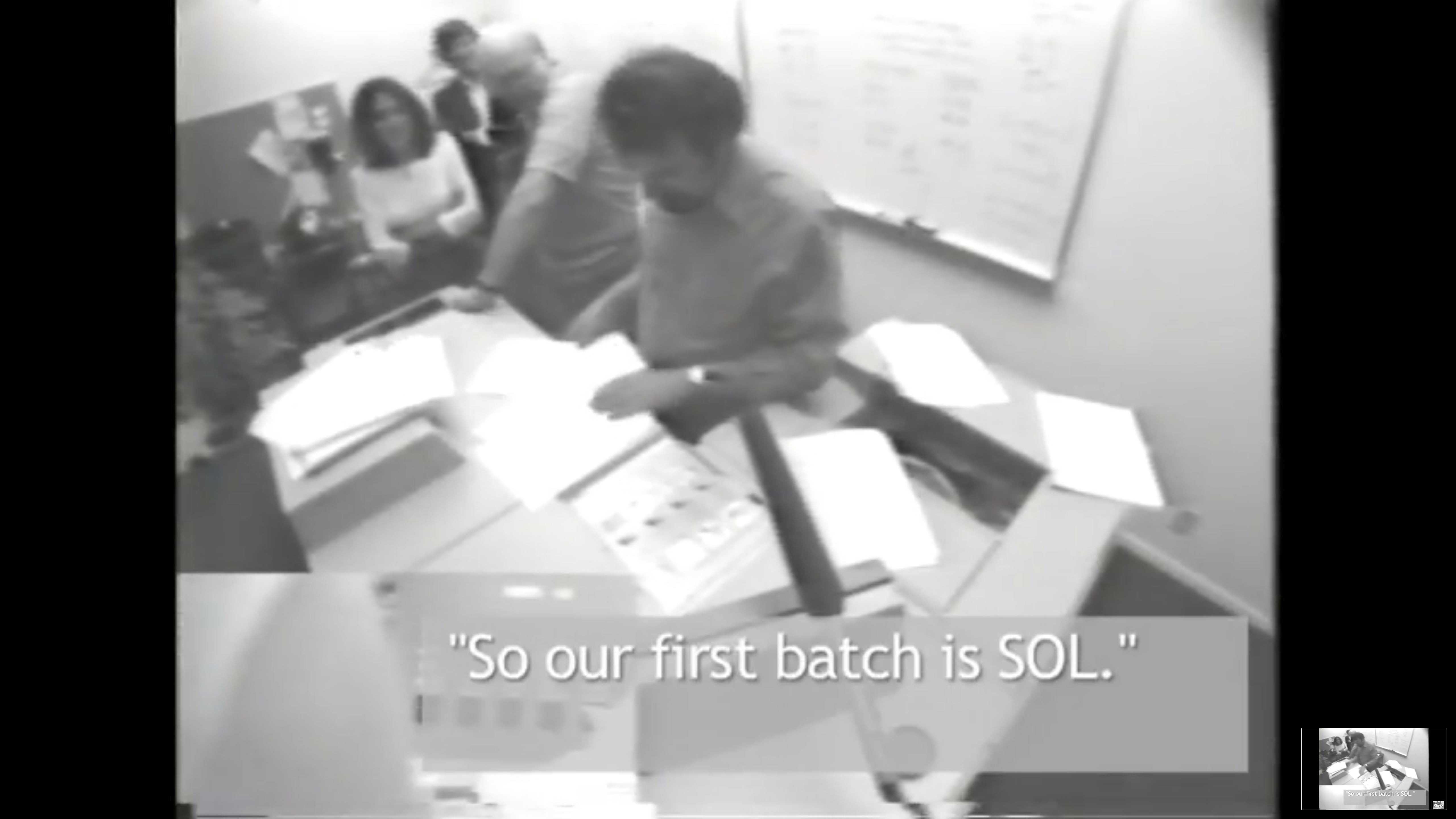
Lucy SuchmanProject type
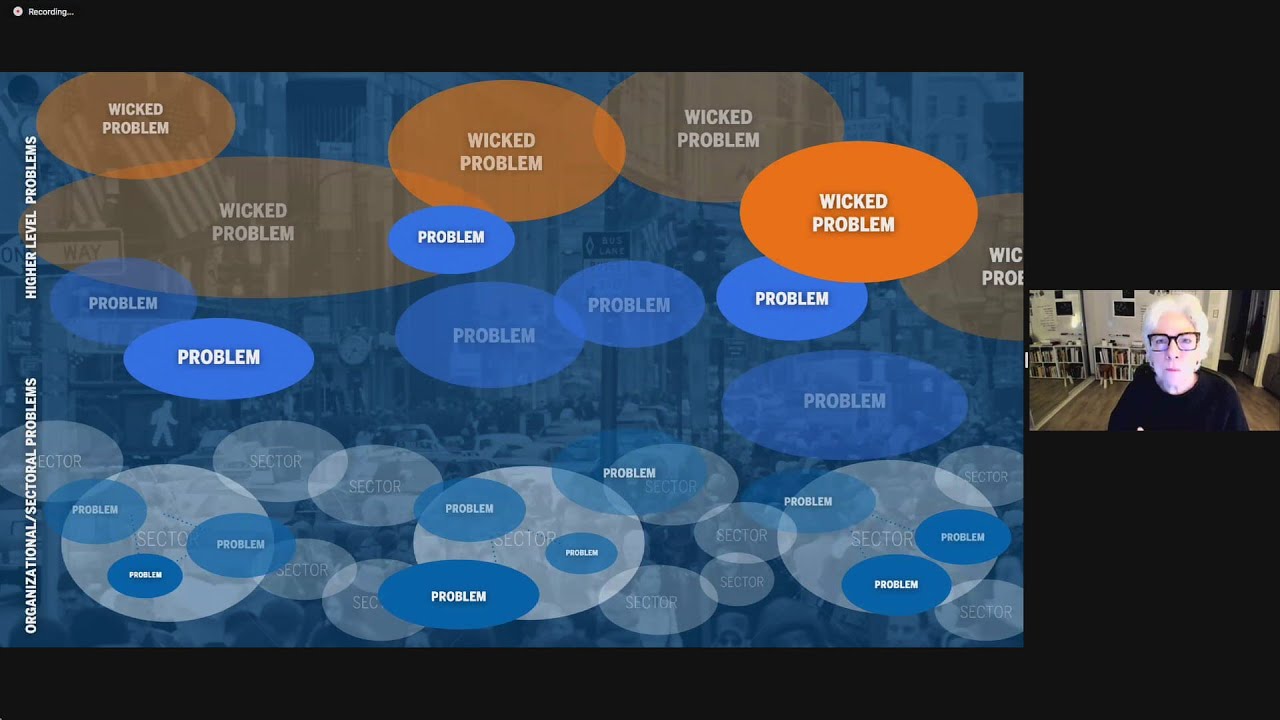
Terry IrwinProject type
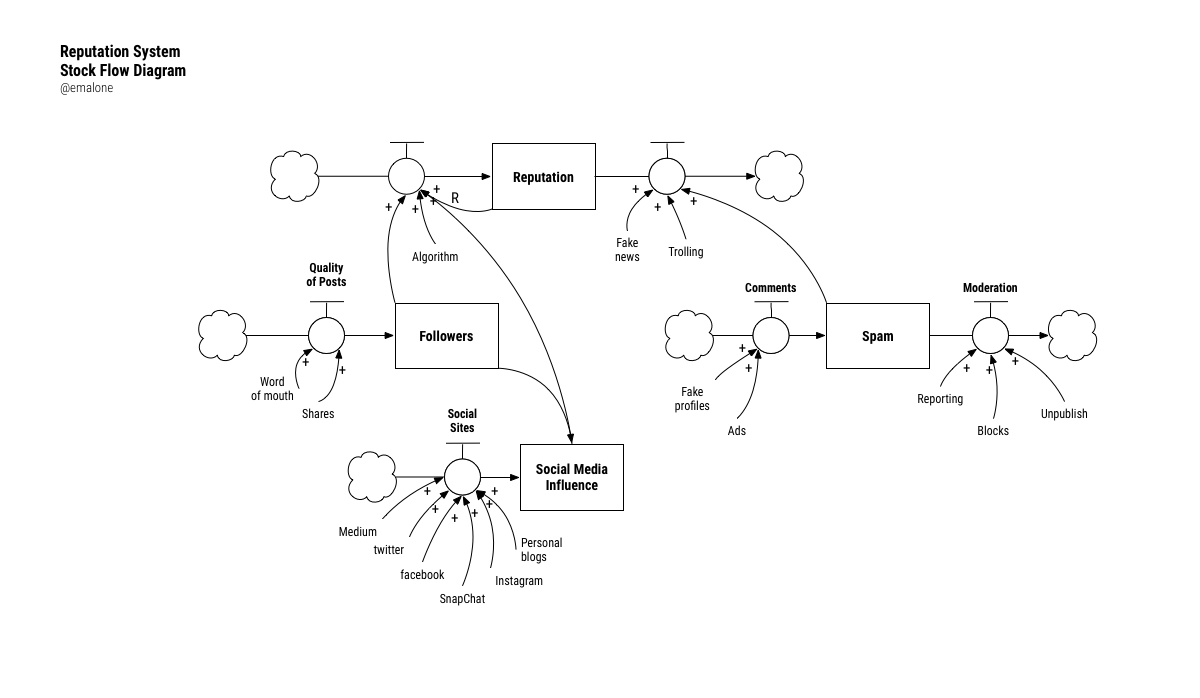
Donella MeadowsProject type
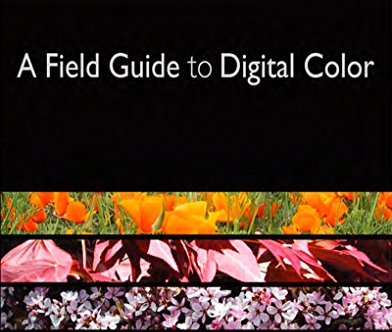
Maureen StoneProject type

Ray EamesProject type
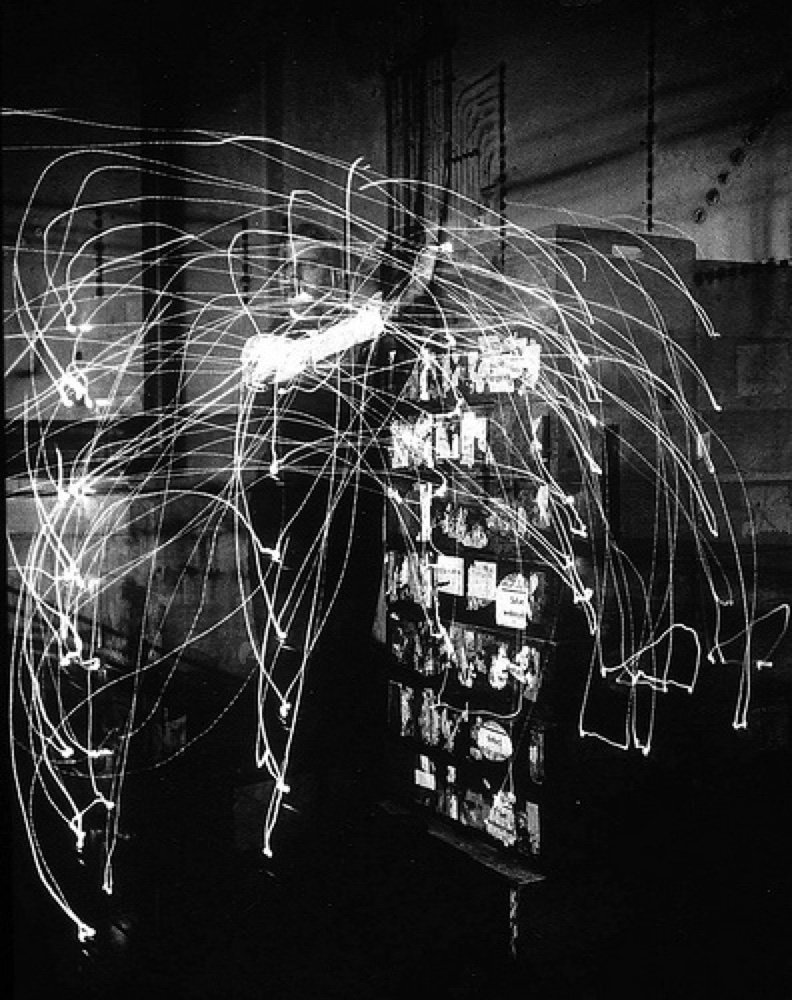
Lillian GilbrethProject type

Mabel AddisProject type

Ángela Ruiz RoblesDesigner

